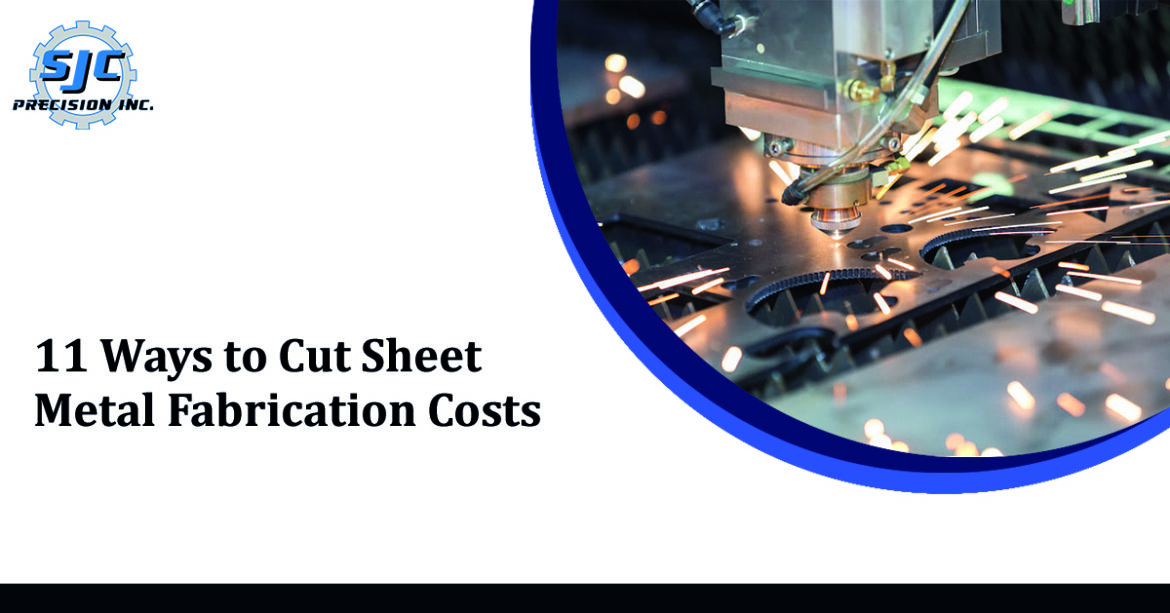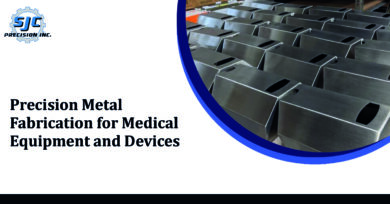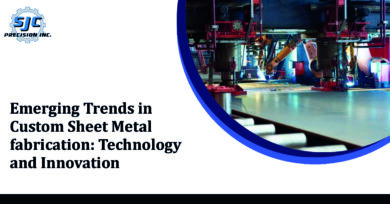In sheet metal fabrication, finding ways to cut costs without sacrificing quality is essential. By implementing cost-saving measures, businesses can increase profitability and gain a competitive edge. This article will explore 11 ways to reduce sheet metal fabrication costs. These strategies range from optimizing material selection and streamlining production processes to negotiating with suppliers and cross-training employees. By following these tips, sheet metalwork businesses can improve their bottom line while maintaining high-quality standards.
Optimize Material Selection
To optimize material selection in sheet metal fabrication; sheet metalwork companies must consider their options carefully:
- They can choose the suitable material for the job by evaluating the project’s mechanical properties and thickness requirements.
- Using thinner materials can significantly reduce costs while maintaining structural integrity.
- Companies can explore using recycled materials, which can be more cost-effective and environmentally friendly.
By optimizing material selection, sheet metalwork companies can reduce costs and improve their operations’ sustainability. Although, it is essential to note that choosing the cheapest material option may only sometimes be the best choice as it can impact product quality and durability. Therefore, evaluating different options and selecting the most suitable material that balances cost, quality, and sustainability is crucial.
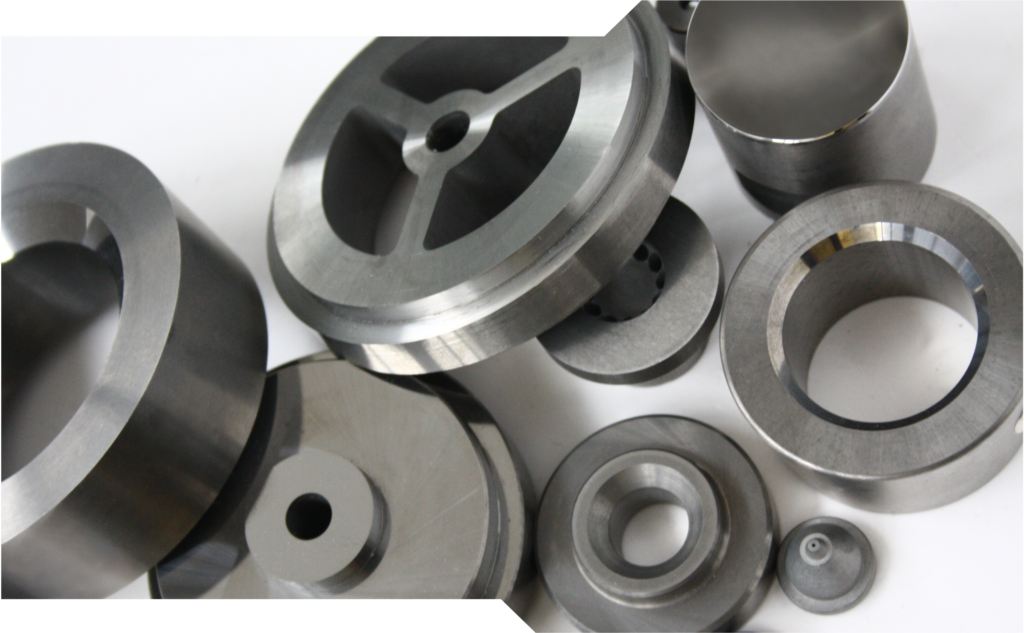
Design for Manufacturing | Sheet metal
Design for Manufacturing (DFM) is an approach that focuses on designing products with easy manufacturing in mind. DFM can significantly reduce production costs by minimizing unnecessary features, reducing complexity, and using standard shapes and sizes. DFM aims to ensure that products can be efficiently manufactured with minimum waste and without compromising quality.
It involves close collaboration between design and manufacturing teams to identify and address potential production challenges before production begins. By incorporating DFM principles into product design, sheet metalwork companies can reduce manufacturing costs, improve product quality, and speed up time-to-market.
Streamline Production Processes
Streamlining production processes is an essential step in reducing sheet metal fabrication costs. This involves identifying inefficiencies and areas for improvement and implementing solutions to optimize production. One way to streamline production processes is through automation, which can improve efficiency and reduce labor costs.
Reducing manual labor and implementing lean manufacturing principles can also eliminate waste and increase productivity. By optimizing production processes, sheet metalwork companies can reduce lead times, minimize errors and rework, and lower production costs while maintaining high-quality standards. This can help companies gain a competitive advantage by delivering products faster and cheaper.
Eliminate Waste
Eliminating waste is a crucial step in reducing sheet metal fabrication costs. Companies can reduce waste by implementing various measures, such as reducing scrap material, improving inventory management, and minimizing rework and rejection rates. To reduce scrap material, companies can optimize material selection and improve cutting processes to reduce material waste.
Additionally, improving inventory management can minimize the cost of carrying excess stock while reducing rework and rejection rates can improve productivity and reduce costs associated with redoing work. By eliminating waste, sheet metalwork companies can reduce costs associated with material waste, labor, and rework, leading to increased profitability and a more sustainable operation.
Improve Communication
Effective communication is essential in sheet metal fabrication to reduce costs and improve productivity. Sheet Metalwork Companies can improve communication by maintaining clear lines of communication with suppliers, collaborating effectively with customers, and minimizing miscommunications and errors.
Clear communication with suppliers can help companies negotiate better pricing and ensure timely materials delivery. Effective collaboration with customers can help companies understand their requirements and deliver products that meet their needs, reducing the risk of rework and customer complaints. Finally, minimizing miscommunications and errors can help to reduce costly mistakes and improve production efficiency. By improving communication, companies can reduce costs associated with rework, delays, and lost opportunities.

Negotiate with Suppliers
Negotiating with suppliers is a crucial strategy for reducing sheet metal fabrication costs. Sheet Metalwork Companies can negotiate for better pricing, longer payment terms, and reduced shipping costs to lower production costs. Building solid relationships with suppliers can also lead to better communication and cooperation, improving overall efficiency and reducing lead times.
Companies can also explore sourcing from multiple suppliers to improve pricing and reduce the risk of supply chain disruptions. Companies can reduce their material costs and increase profitability by negotiating with suppliers and exploring different sourcing options. This can create a competitive advantage and support the business’s long-term success.
Optimize Equipment
Optimizing equipment is critical in reducing sheet metal fabrication costs. Sheet Metalwork Companies can optimize equipment by regularly maintaining and upgrading their machinery, using equipment with the appropriate capacity, and leveraging advanced technologies to improve efficiency. Regular maintenance can prevent equipment breakdowns, reducing downtime and repair costs.
Upgrading machinery can improve productivity, reduce labor costs, and improve product quality. Additionally, using equipment with the appropriate capacity can reduce waste and improve efficiency. By leveraging advanced technologies such as robotics and automation, companies can reduce labor costs and improve accuracy and efficiency in production. Companies can reduce costs, improve productivity, and remain competitive by optimizing equipment.
Cross-Train Employees
Cross-training employees is a cost-effective way to improve efficiency and reduce labor costs in sheet metal fabrication. Sheet Metalwork Companies can cross-train employees to perform multiple tasks and take on additional responsibilities, reducing the need for specialized labor and improving overall flexibility in the workforce.
Cross-training can also improve teamwork and communication, reducing the risk of miscommunications and errors. Additionally, cross-training can minimize downtime and reduce the need for temporary staffing in case of absences or turnover. By cross-training employees, companies can reduce labor costs, improve efficiency, and create a more flexible and resilient workforce.
Analyze Cost Structure
Analyzing the cost structure is critical in reducing sheet metal fabrication costs. Sheet Metalwork Companies can analyze their cost structure by breaking down their costs into direct and indirect costs and identifying areas where costs can be reduced. Direct costs include materials, labor, and equipment, while indirect costs include overhead expenses such as rent, utilities, and insurance.
Companies can reduce direct costs by optimizing material selection, streamlining production processes, and cross-training employees. Indirect costs can be reduced by implementing energy-efficient practices and exploring opportunities to outsource non-core functions. By analyzing the cost structure, companies can identify cost-saving opportunities, reduce production costs, and improve their bottom line.
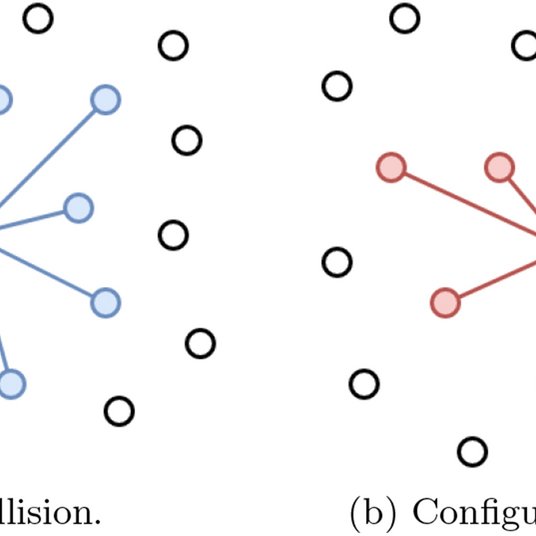
Conclusion
In conclusion, reducing sheet metal fabrication costs requires a comprehensive approach encompassing optimizing material selection, streamlining production processes, improving communication, negotiating with suppliers, optimizing equipment, cross-training employees, and analyzing the cost structure. Sheet Metalwork companies can reduce waste, improve efficiency, and lower production costs by implementing these strategies. In turn, this can help them remain competitive in the marketplace, increase their profitability, and create a more sustainable operation. With the right approach, reducing sheet metal fabrication costs is possible, leading to a more prosperous and profitable business.
In what ways does SJC Precision support sheet metalwork?
SJC Precision helps sheet metalwork by providing advanced fabrication services utilizing state-of-the-art technology and techniques. They can produce high-quality and precise sheet metal components for various industries with their expertise and attention to detail. Their services include laser cutting, bending, welding, and finishing, all aimed at providing customized and cost-effective solutions to their clients’ sheet metal needs.


